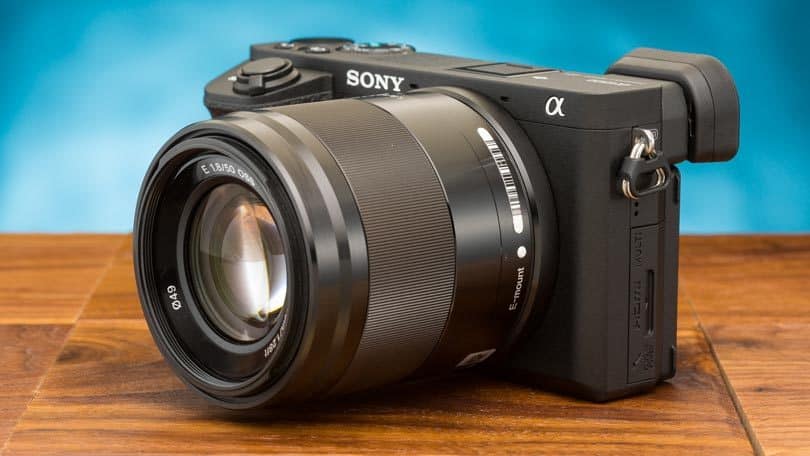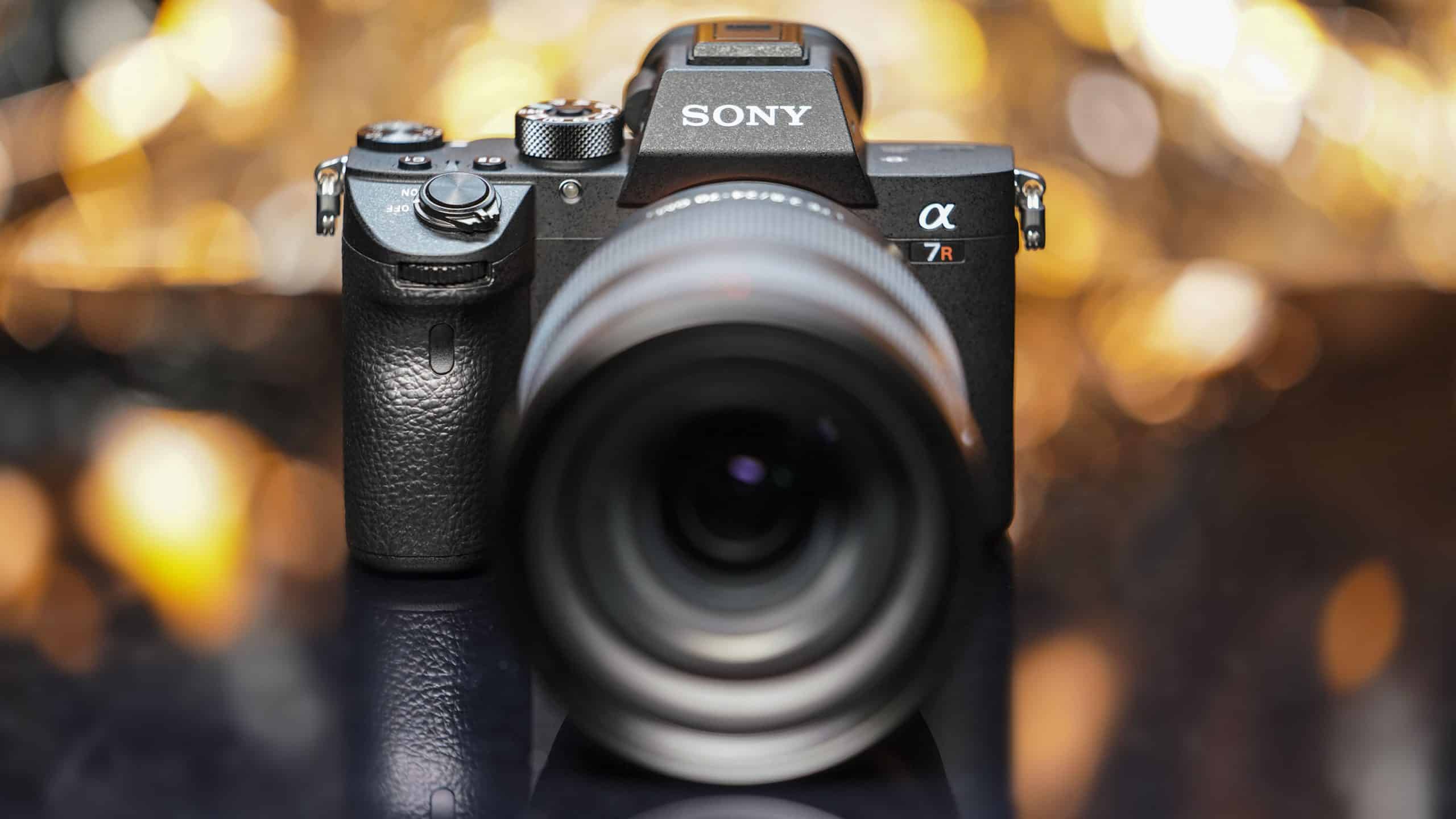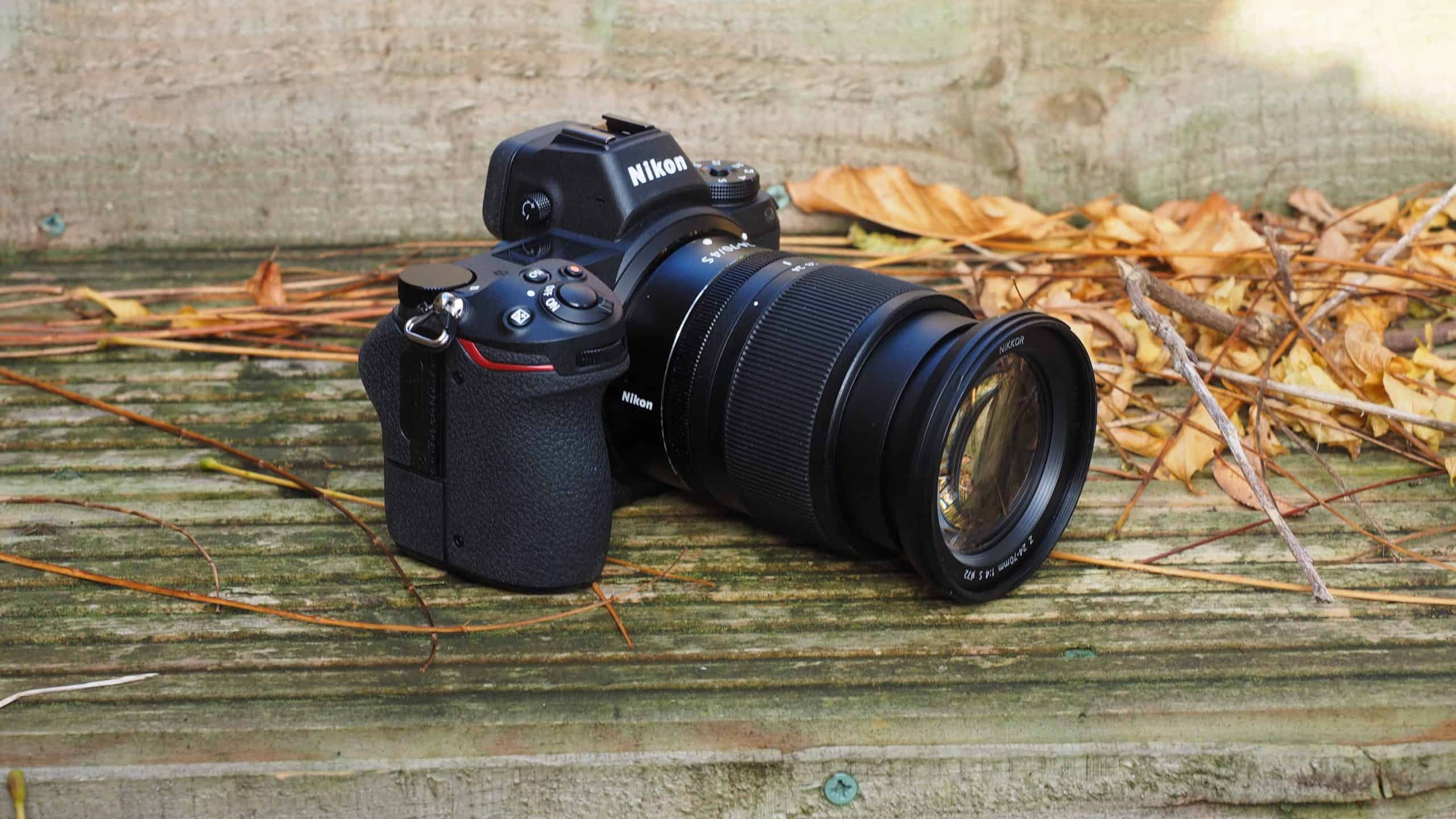If you recently purchased an Apple iPhone and you regularly use a digital camera, you may be wondering about connecting the two devices together. How to connect a digital camera to an iPhone? Keep reading to find out how to import photos between the two devices.
KEY TAKEAWAYS:
- The easiest way to connect your best digital camera to an iPhone is to purchase the correct Lightning to USB connection cable.
- Another option is to use the camera’s integrated wireless capabilities to access the cloud. If your camera has no Bluetooth or Wi-Fi integration, there are adapters available.
- You can also use your computer as an intermediary device. Import the photos to your computer from the camera, then plug your phone in to retrieve them.
Why Connect a Digital Camera to an iPhone?
While most iPhones feature high-grade cameras, these built-in cams may not rival all of the dedicated digital cameras on the market. In other words, for highly specialized professional-grade shots, you may need a true digicam instead of relying on just your smartphone.
So why connect the two? Once you have some shots you like on your digital camera, you can port them over to your iPhone for on-the-fly edits. When the photos are on the iPhone, they will also be easy to share across social media sites and the like. However, to be sure of getting quality images, you need to carry out digital camera screen inspection, and repair any damage. Most importantly, you need to understand what gamma is, and how to calibrate your monitor.
How to Connect a Digital Camera to an iPhone
We have tried to keep these tips as generalized as possible, given that there are many different designs of digital cameras out there. Luckily, most Apple iPhones feature universal designs.
Insider Tip
Once you have some shots you like on your digital camera, you can port them over to your iPhone for on-the-fly edits.
Apple Lightning to USB Adapter
It is highly likely that your digital camera boasts some kind of USB port for the purpose of file transfers. Unfortunately, modern iPhones do not feature a USB port of any kind. They do, however, ship standard with an Apple Lightning port. To connect your phone to your camera, invest in an Apple Lightning to USB adapter. These cables will connect to your phone’s Lightning port on one end and to your digital camera’s USB port on the other. As a warning, you may need a secondary adapter if your camera does not accept a standard USB connection, such as the case with Micro USB-enabled cameras.
Once the cables have been connected, there should be an import option. Head to the photos app on your phone, find “import” and then select “import all.” Boom. Your iPhone now has all of the photos that previously resided on your dedicated digital camera. Please note, iPhones do not include a card reader, though they do integrate well with standard photo formats and HD video formats.
Apple iCloud
Another option is to use Apple’s official iCloud service or related cloud storage service. Many modern professional or prosumer digital cameras feature a Wi-Fi or Bluetooth adapter, either of which can be used to access a cloud storage service. Head online with your camera and upload photos to the cloud. Next, grab your phone and head to that same cloud storage service to download the recently imported photos. Your phone will now feature all of the professional shots that you took with your dedicated camera. That is the beauty of the cloud. No cables are necessary, though set aside some time to upload the photos.
Use a Computer as an Intermediary Device
If you lack the correct cables to connect a digital camera directly to your iPhone, you can use your desktop or laptop computer as an intermediary. Connect the camera to the computer using a standard USB connection and follow the prompts to import all of your photos. Once the photos have been uploaded to your computer, remove the digital camera connection and use a Lightning to USB adapter to connect your phone to the computer. Transfer the photos from your computer to your phone by using iTunes or a related piece of media management software.
As a note, please be sure you have downloaded and installed all of the appropriate media management software before attempting this. Additionally, make sure your camera drivers are up to date.
Use a Wireless Adapter
Some cameras can integrate with dedicated wireless adapters that allow them to access the Internet. Purchase a reputable adapter, plug it into your camera, and go through the necessary steps to import your photos to the cloud. Once that is done, use your iPhone to retrieve the newly cloud-based photos. This is a good step to take if your camera lacks built-in Wi-Fi integration.
Insider Tip
Many modern professional or prosumer digital cameras feature a Wi-Fi or Bluetooth adapter, either of which can be used to access a cloud storage service.
F.A.Q.
What to do if the import button doesn’t appear when you use an Apple adapter?
The best thing to try is to simply unplug the camera from the phone, reset both the phone and the camera, and try the process over again.
What file type/sizes should I set the camera to?
This should be up to your personal preference. RAW files and large file types will look better and offer better editing options but will take up a lot more room. JPGs and smaller file types will not boast as much detail but will not take up as much room on either device.
What to do if wireless isn’t an option?
If wireless is not an option, go with a USB connection or purchase a wireless adapter for your camera.
STAT: Apple claimed a 14.1 percent share of the global smartphone market in the second quarter of 2021, a drop from the previous quarter. (source)

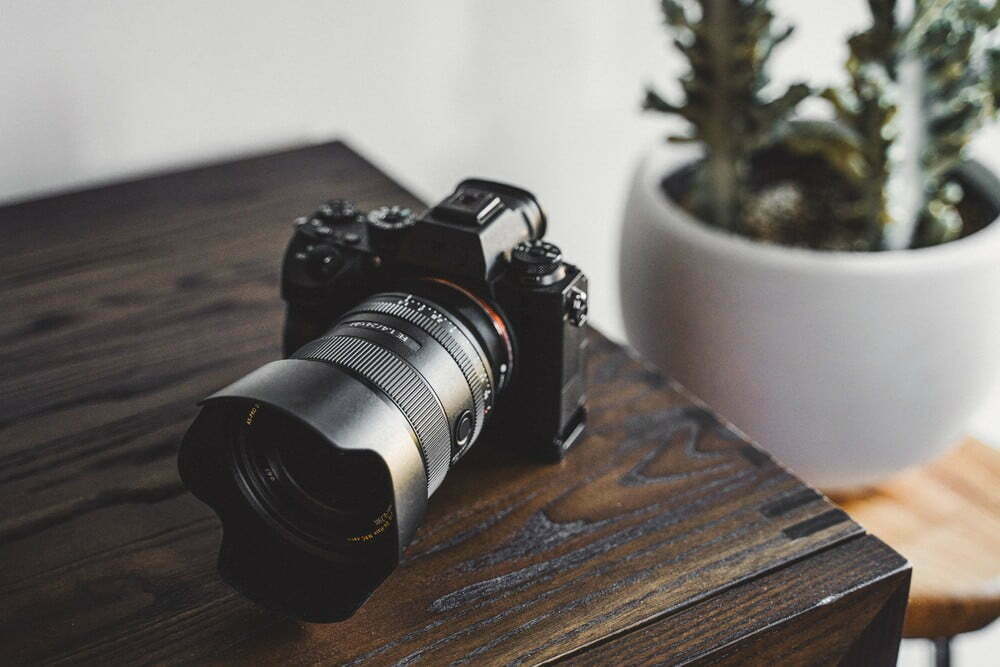



















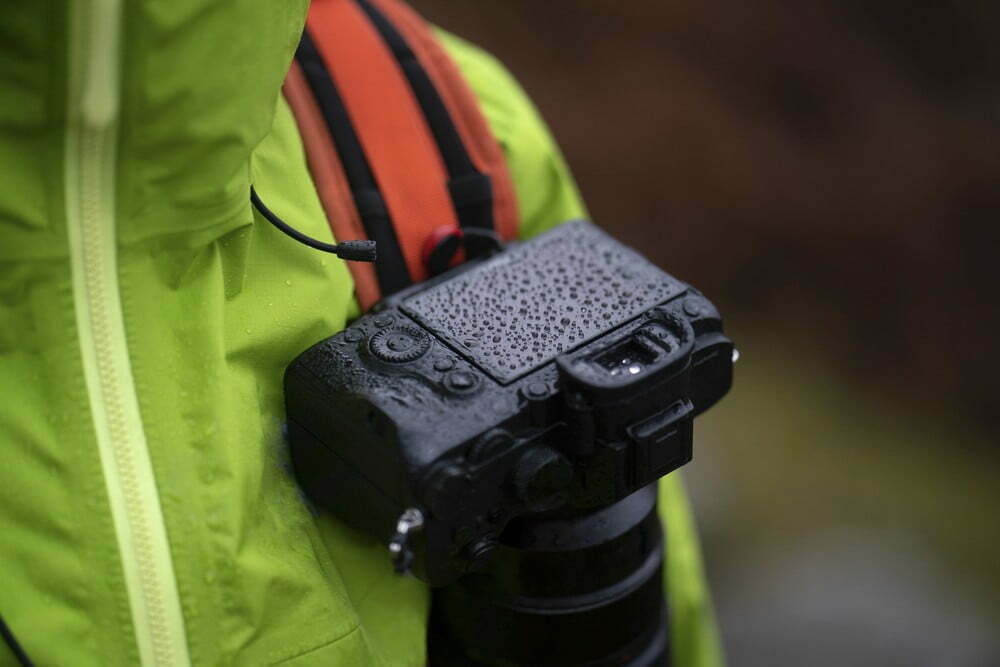
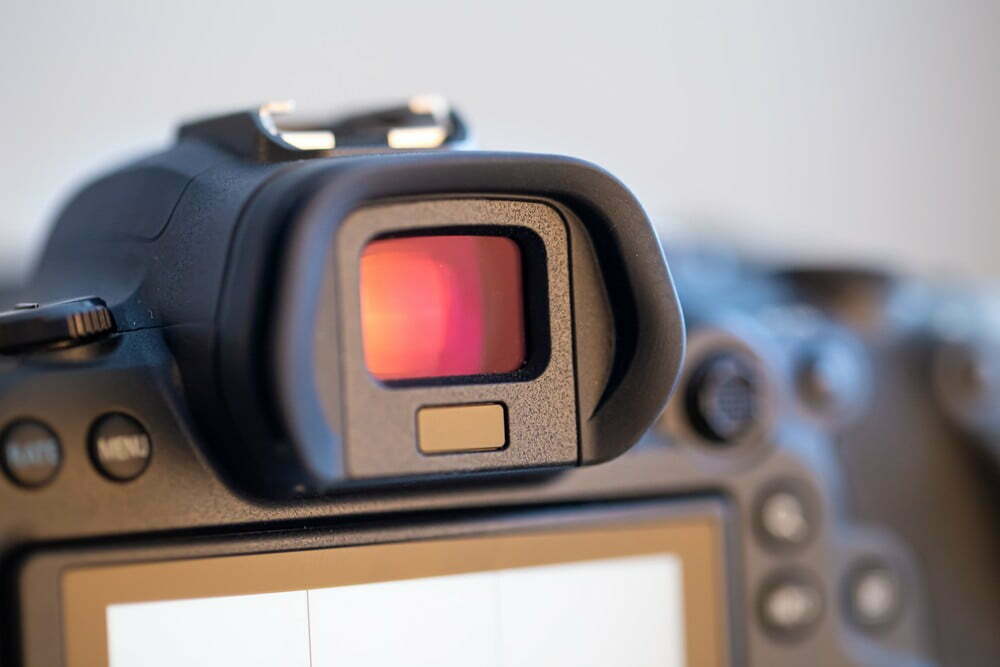
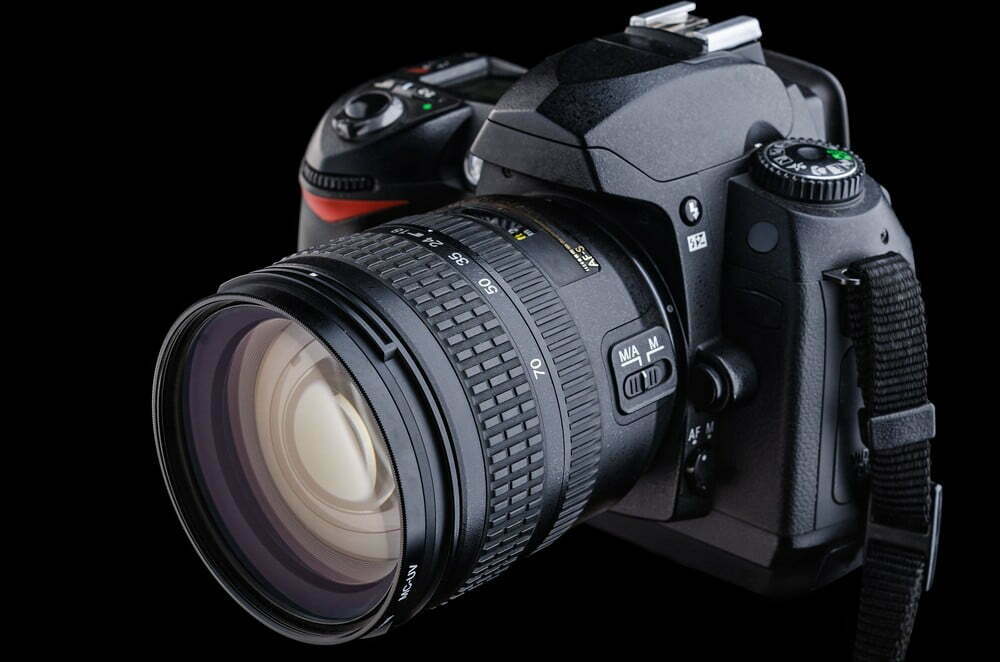
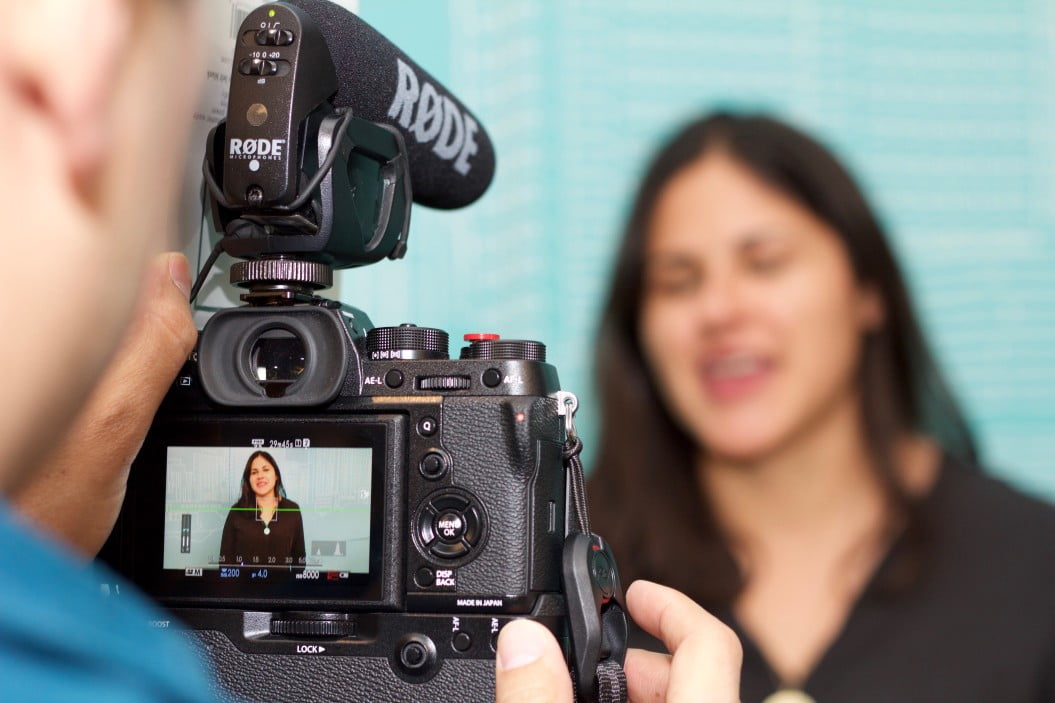
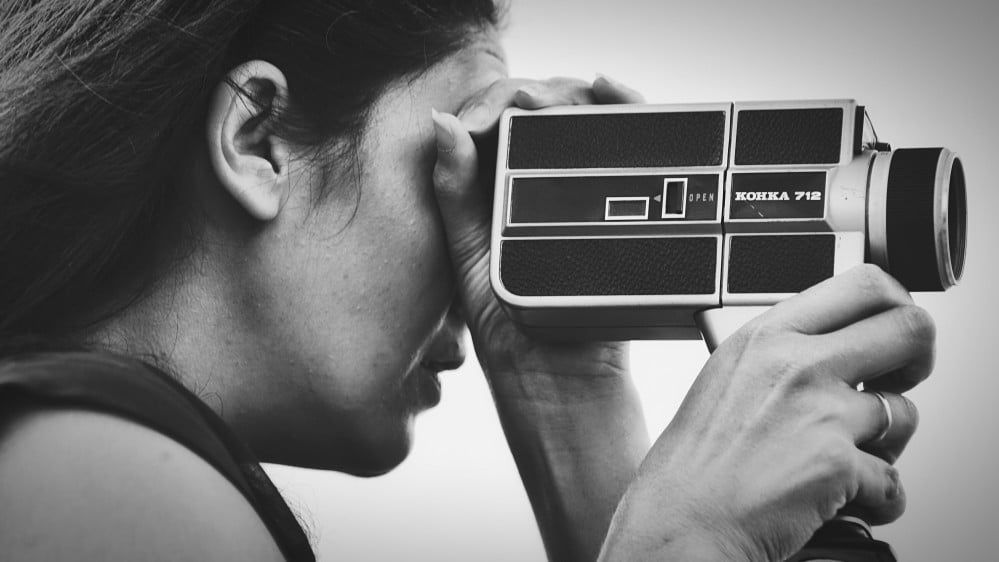
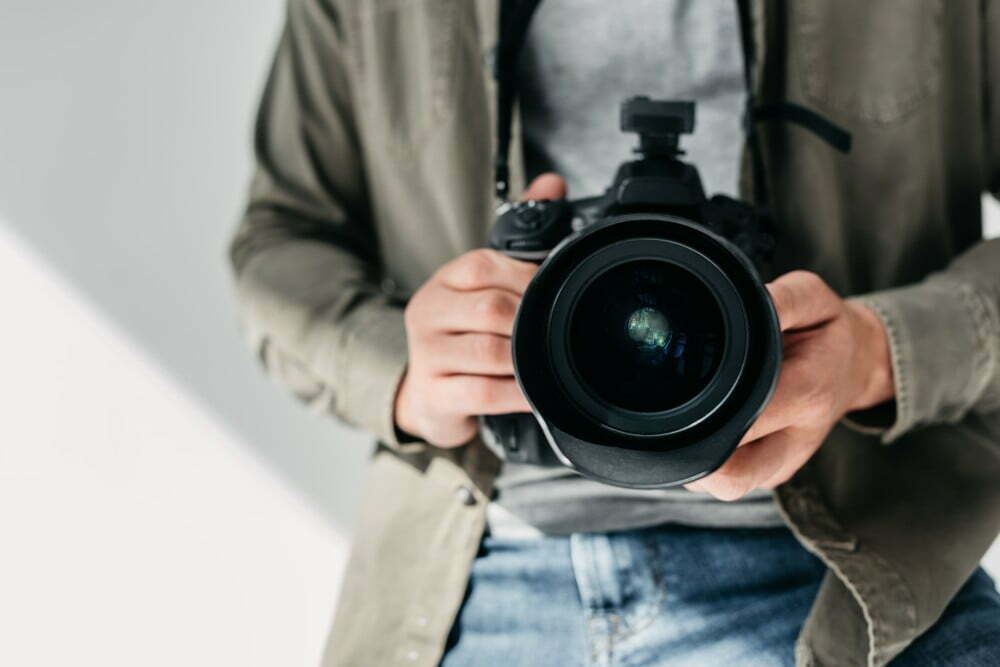
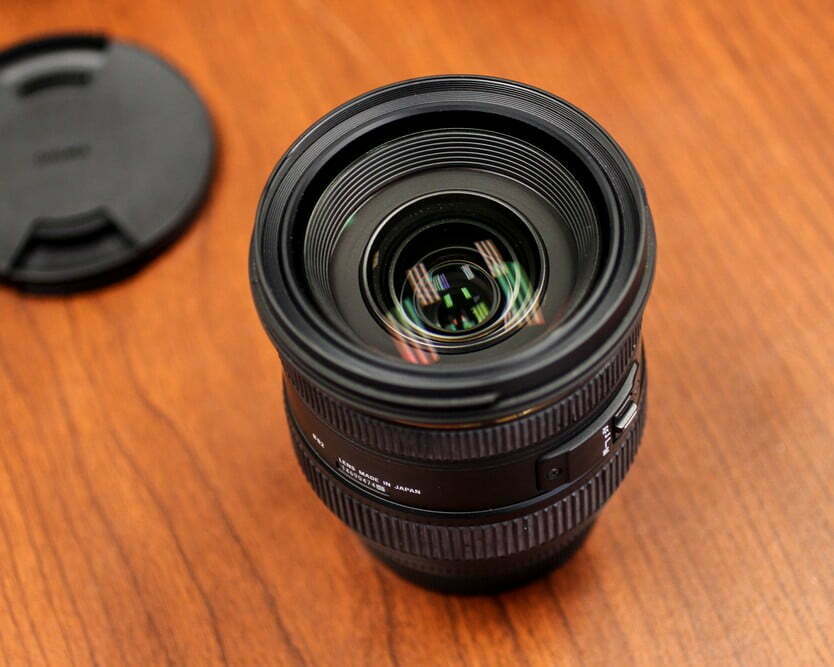
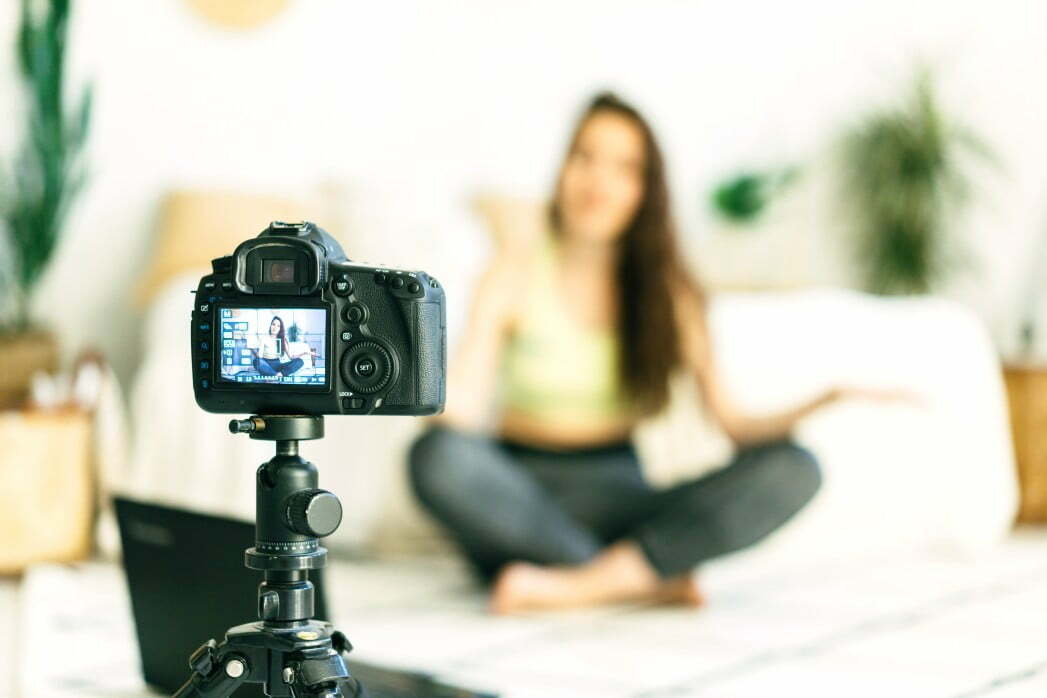
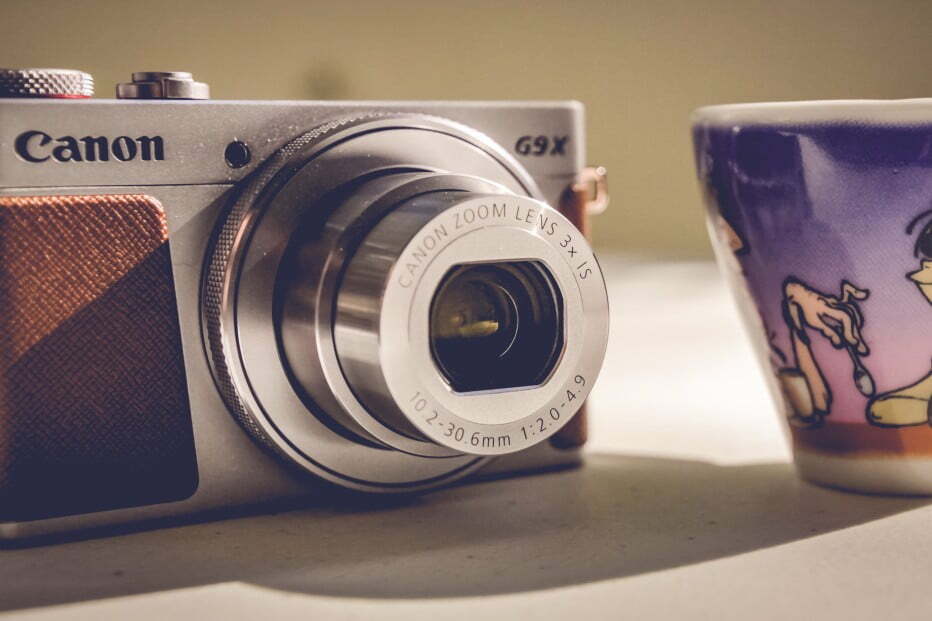
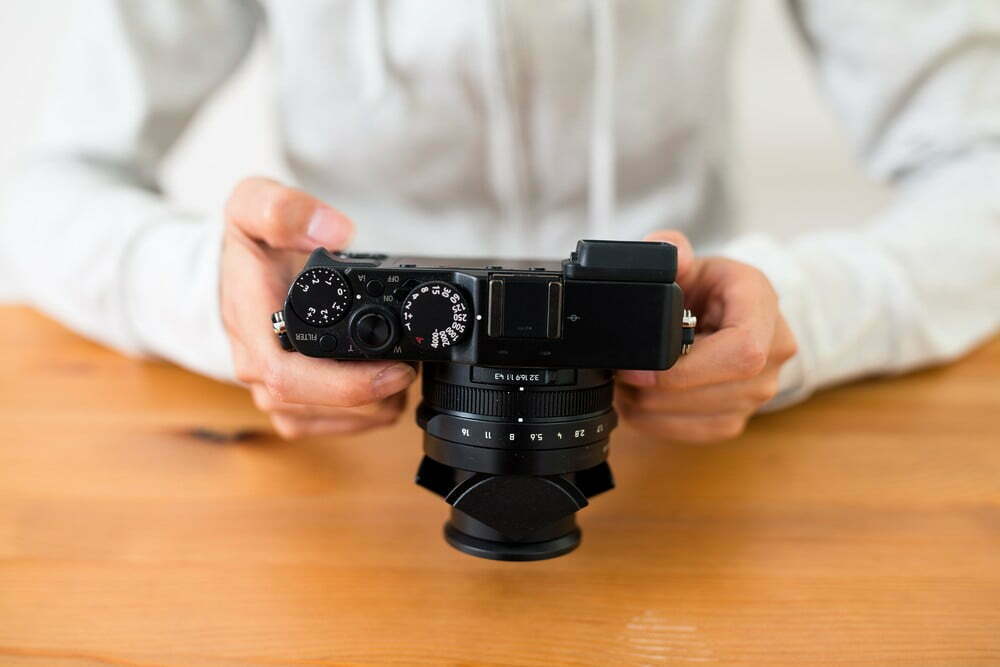
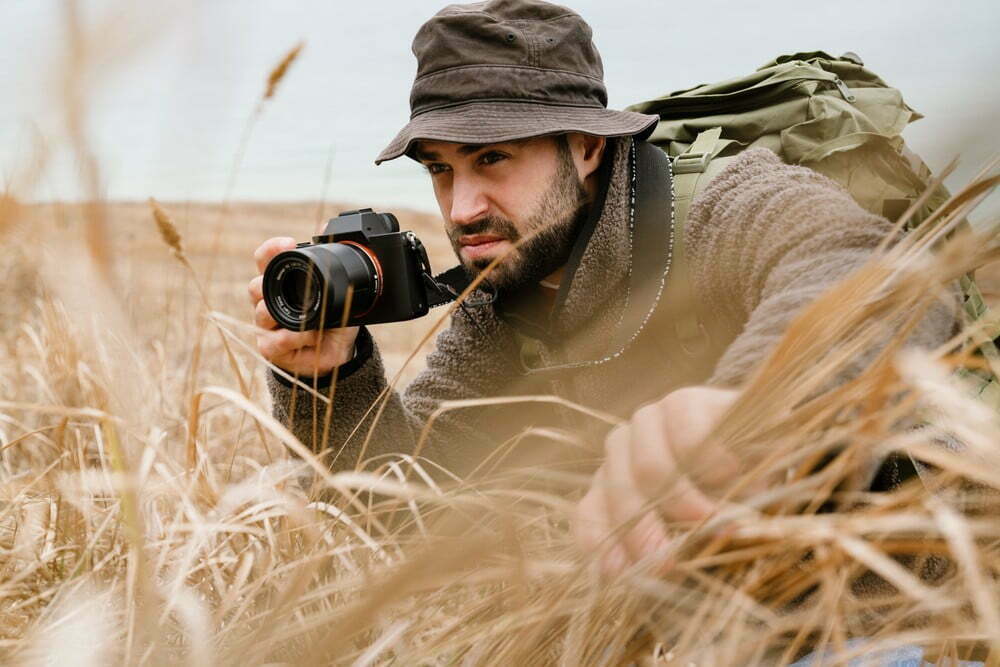
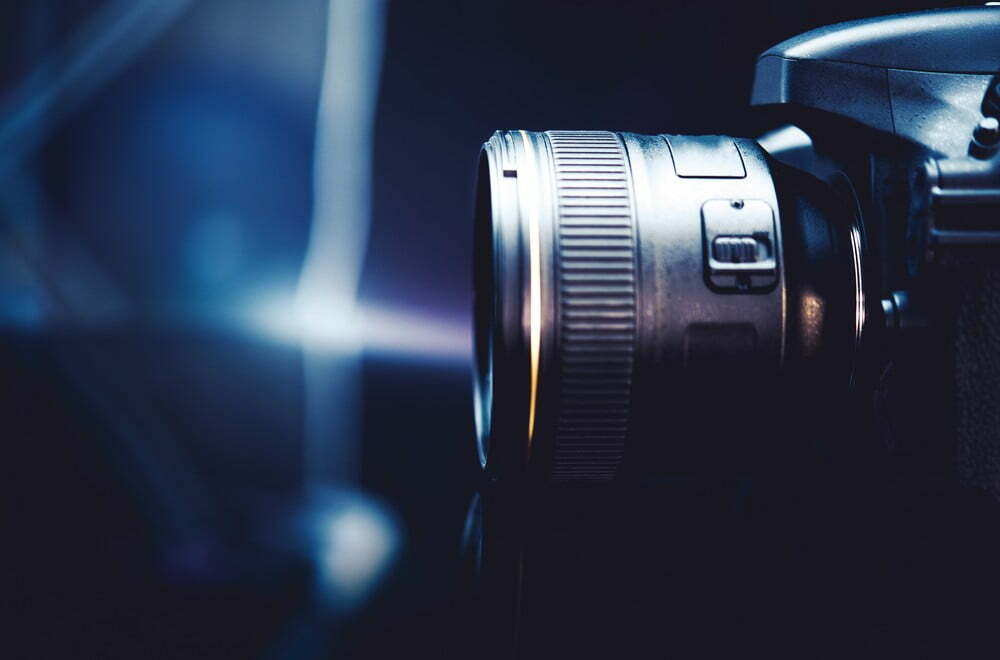
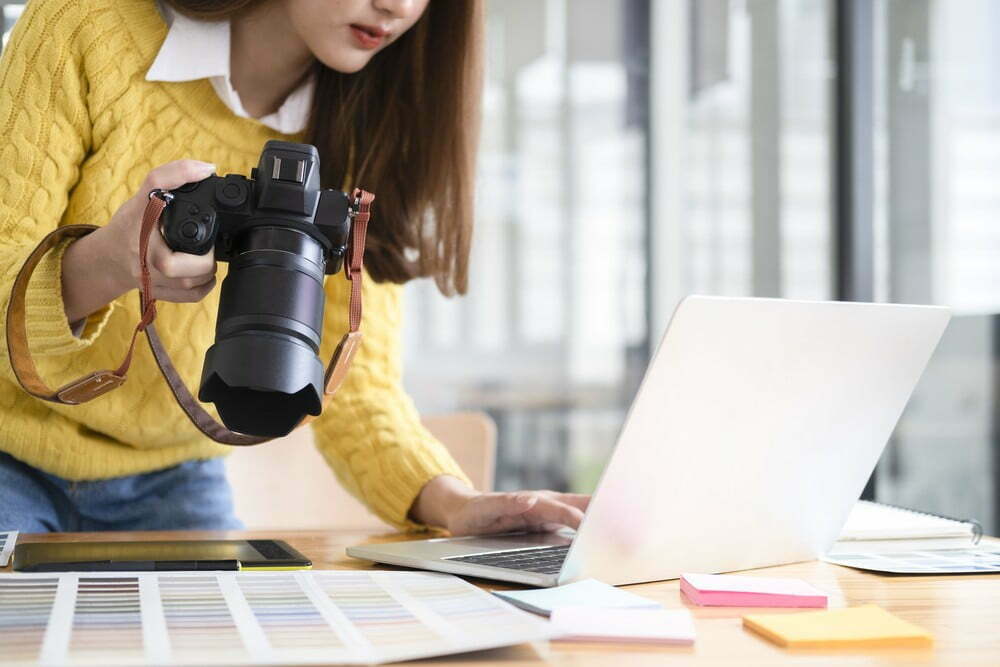
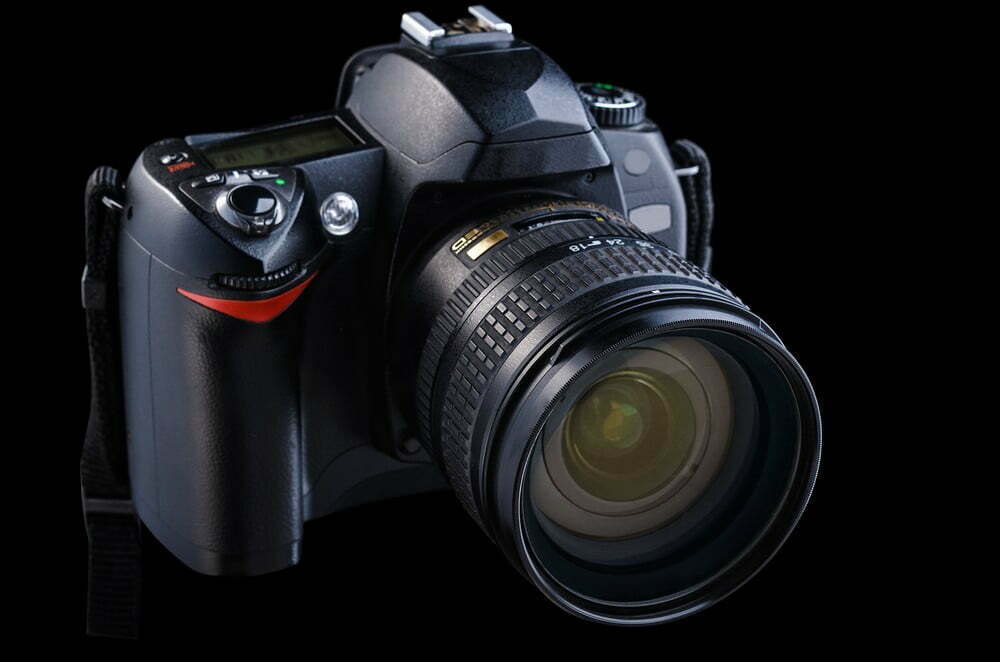
![Best Point and Shoot Camera in [year] ([month] Reviews) 27 Best Point and Shoot Camera in 2025 (October Reviews)](https://www.gadgetreview.dev/wp-content/uploads/Nikon-Coolpix-B500.jpg)
![Best Underwater Camera in [year] ([month] Reviews) 28 Best Underwater Camera in 2025 (October Reviews)](https://www.gadgetreview.dev/wp-content/uploads/best-underwater-camera-image.jpg)
![Best Digital Cameras in [year] ([month] Reviews) 29 Best Digital Cameras in 2025 (October Reviews)](https://www.gadgetreview.dev/wp-content/uploads/what-is-resolution-on-digital-camera-1.jpg)
![Best Digital Camera Docking Stations in [year] 30 Best Digital Camera Docking Stations in 2025](https://www.gadgetreview.dev/wp-content/uploads/best-digital-camera-docking-stations-image.jpg)
![Best Vlogging Camera in [year] ([month] Reviews) 31 Best Vlogging Camera in 2025 (October Reviews)](https://www.gadgetreview.dev/wp-content/uploads/best-vlogging-camera-image.jpg)
![Best Mirrorless Camera in [year] ([month] Reviews) 32 Best Mirrorless Camera in 2025 (October Reviews)](https://www.gadgetreview.dev/wp-content/uploads/best-mirrorless-camera-image.jpg)
![Best GoPro in [year] ([month] Reviews) 33 Best GoPro in 2025 (October Reviews)](https://www.gadgetreview.dev/wp-content/uploads/best-gopro-image.jpg)
![Best Digital Camera Tripods in [year] 34 Best Digital Camera Tripods in 2025](https://www.gadgetreview.dev/wp-content/uploads/best-digital-camera-tripods-image.jpg)
![Best Canon Digital Cameras in [year] 35 Best Canon Digital Cameras in 2025](https://www.gadgetreview.dev/wp-content/uploads/best-canon-digital-cameras-image.jpg)
![Best Polaroid Digital Cameras in [year] 36 Best Polaroid Digital Cameras in 2025](https://www.gadgetreview.dev/wp-content/uploads/best-polaroid-digital-cameras-image.jpg)
![Best Small Digital Camera Cases in [year] 37 Best Small Digital Camera Cases in 2025](https://www.gadgetreview.dev/wp-content/uploads/best-small-digital-camera-case-image.jpg)
![Best Digital Camera USB Cables in [year] 38 Best Digital Camera USB Cables in 2025](https://www.gadgetreview.dev/wp-content/uploads/best-digital-camera-usb-cable-image.jpg)
![Best Digital Camera Bags in [year] 39 Best Digital Camera Bags in 2025](https://www.gadgetreview.dev/wp-content/uploads/best-digital-camera-bag-image.jpg)
![Best Sony Digital Cameras in [year] 40 Best Sony Digital Cameras in 2025](https://www.gadgetreview.dev/wp-content/uploads/best-sony-digital-cameras-image.jpg)
![Best Digital Camera Accessories in [year] 41 Best Digital Camera Accessories in 2025](https://www.gadgetreview.dev/wp-content/uploads/best-digital-camera-accessories-image.jpg)
![Best Kodak Digital Cameras in [year] 42 Best Kodak Digital Cameras in 2025](https://www.gadgetreview.dev/wp-content/uploads/best-kodak-digital-cameras-images.jpg)
![Best Panasonic Digital Cameras in [year] 43 Best Panasonic Digital Cameras in 2025](https://www.gadgetreview.dev/wp-content/uploads/best-panasonic-digital-cameras-image.jpg)
![Best Video Cameras in [year] ([month] Reviews) 44 Best Video Cameras in 2025 (October Reviews)](https://www.gadgetreview.dev/wp-content/uploads/best-video-cameras-image.jpg)
![Best Compact Cameras in [year] 45 Best Compact Cameras in 2025](https://www.gadgetreview.dev/wp-content/uploads/best-compact-camera-image.jpg)
![Best Digital Cameras with Wifi in [year] 46 Best Digital Cameras with Wifi in 2025](https://www.gadgetreview.dev/wp-content/uploads/best-digital-camera-with-wifi-image.jpg)

















